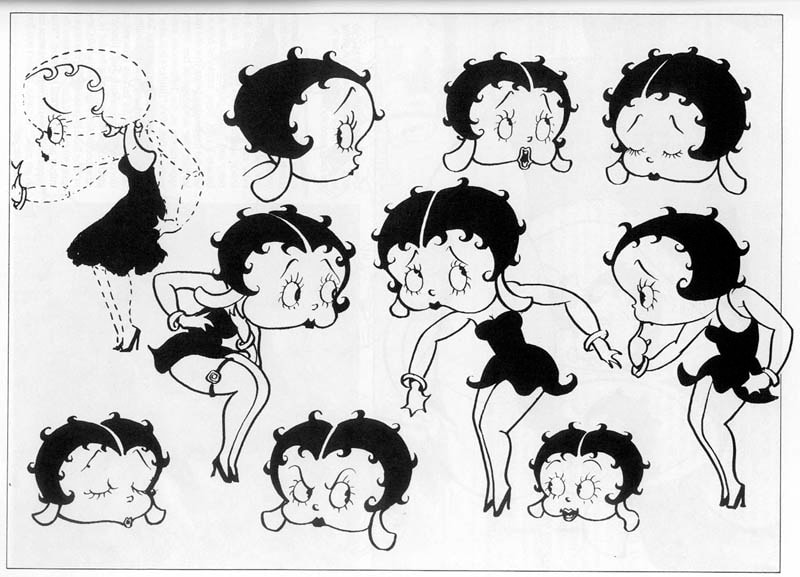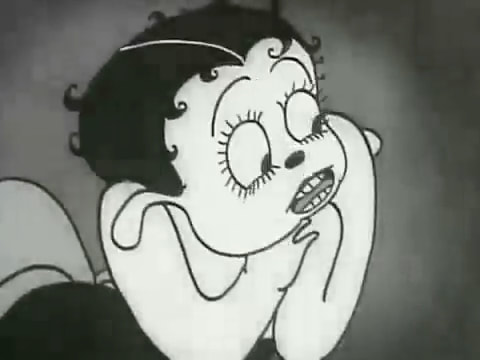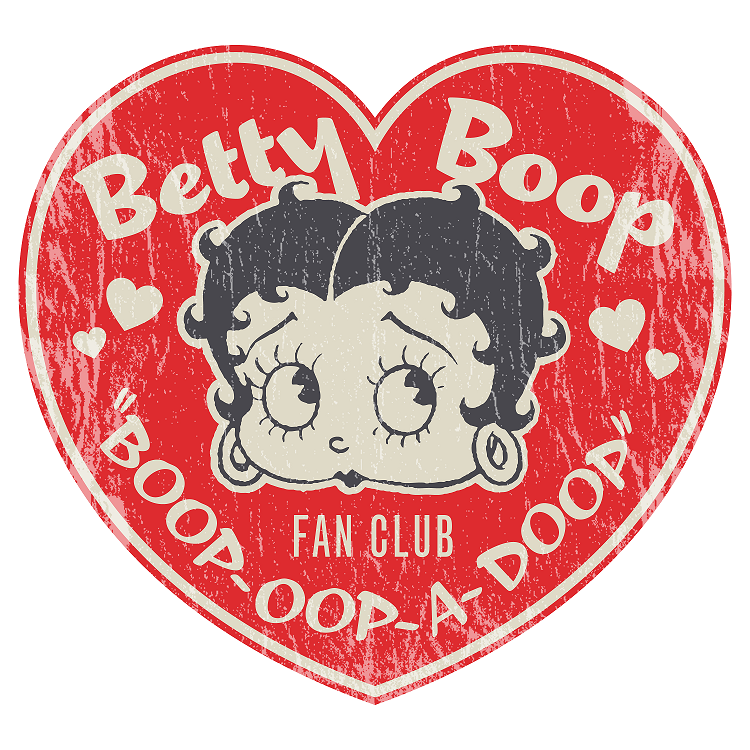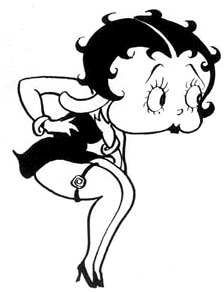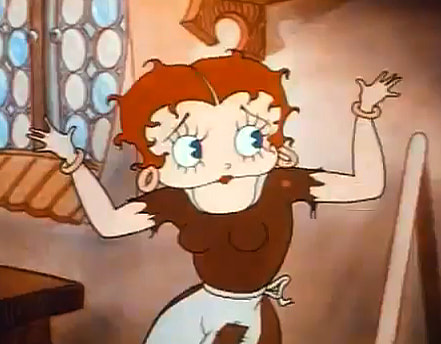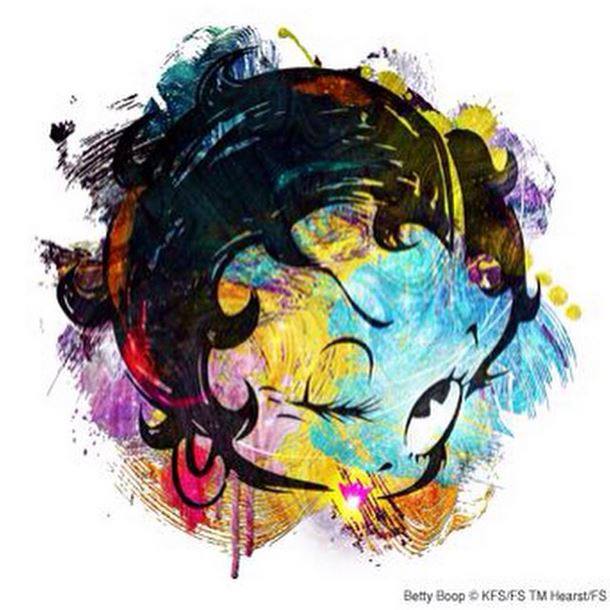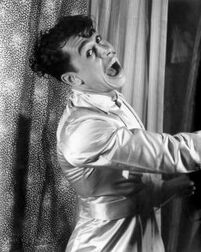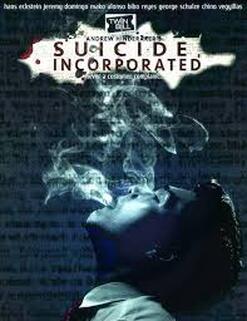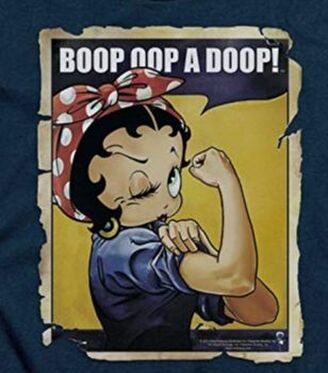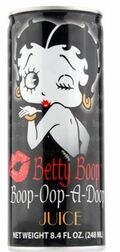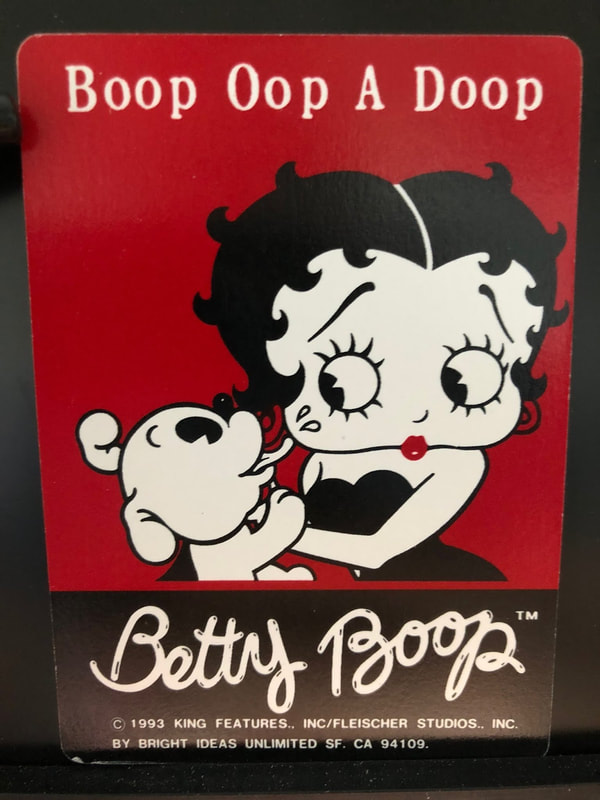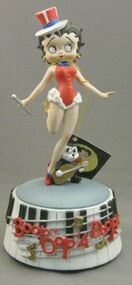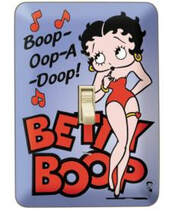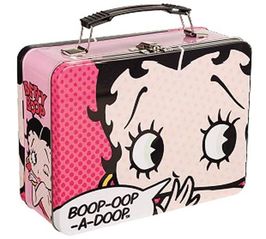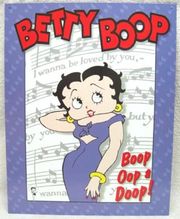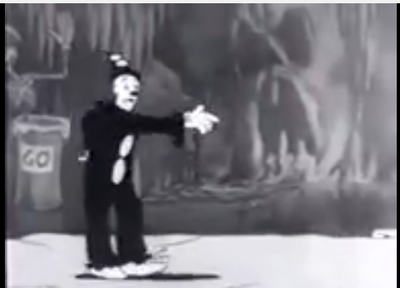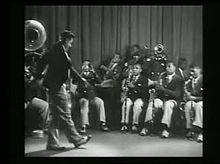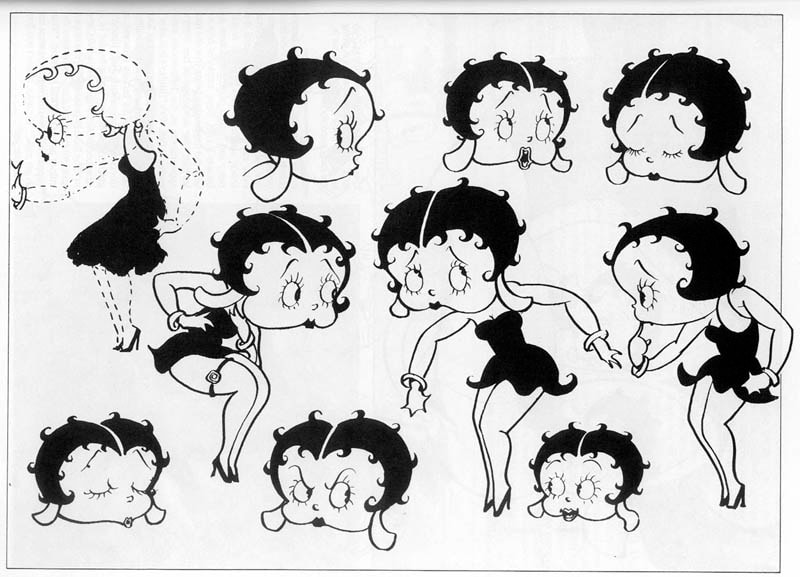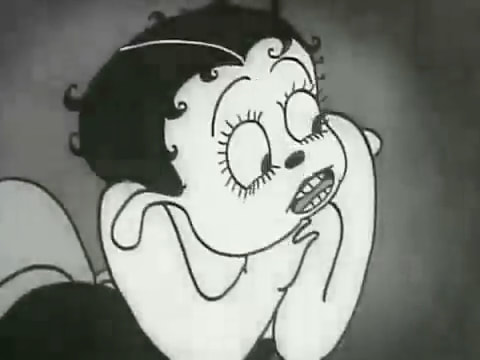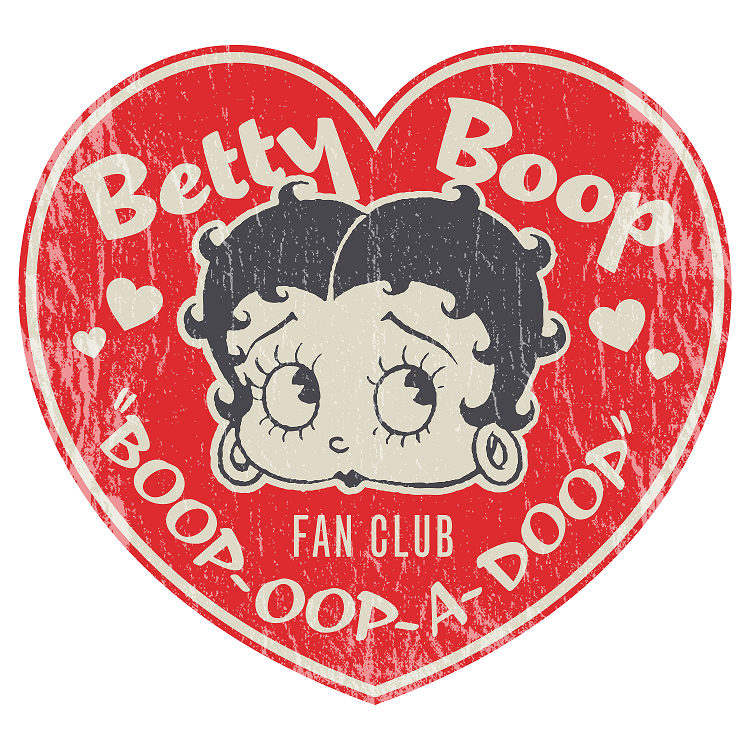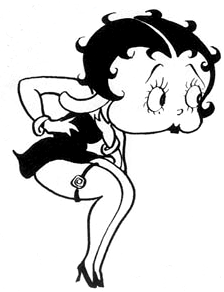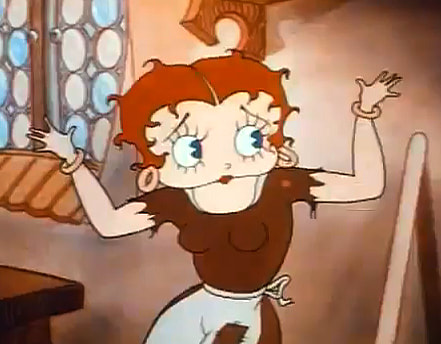A six-part series celebrating Betty Boop from her first screen appearance in the 1930's to her continuing status as a cultural icon and into the future.

Betty Boop is forever connected with the phrase Boop-Oop-a-Doop. The phrase, or some version of it, has been a part of Betty since her very first appearance in Dizzy Dishes. But what does the phrase Boop-Oop-a-Doop mean?
By itself, Boop-Oop-a-Doop is meaningless. The use of these kinds of meaningless phrases in vocal music grew out of ‘scat’ – a style of jazz singing popular during the 1920s and ‘30s – in which singers would playfully string together improvised sounds or nonsense words that intentionally made no sense at all. Using this technique, a singer used his or her voice as if it were just another instrument in the band, but he or she could also use scat singing to convey meaning, either through context or attitude. In this way, scat singing was very much dependent on the talent of a particular performer to convey his or her intentions indirectly. One of the great scat singers of the day, Cab Calloway, actually recorded a song called “The Scat Song” in 1932 including the following lines: Scat singing also allowed singers to express things that, in a more conservative era, would have been considered inappropriate subject matter for popular music. For instance, in Betty’s 1932 film Boop-Boop-a-Doop, which takes place in a circus, Betty fights off the ringmaster’s unwanted advances. Koko hears Betty struggling and jumps in to rescue her. When Koko inquires if Betty survived "intact," she answers, “He couldn’t take my Boop-Oop-a-Doop away!”
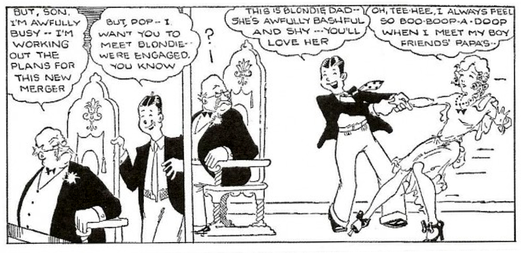
Interestingly, Betty Boop isn’t the only character of the era whose name was based on the use of the nonsensical sound “boop” in scat singing. Before she married Dagwood, the comic character Blondie was known by her maiden name Blondie Boopadoop. Made famous in Chic Young’s Blondie comic strip, Blondie also came to life in 1930 and was a dancer, or flapper girl, before marrying and settling down.
So while the phrase “Boop-Oop-a-Doop” itself doesn’t mean anything specific, it – like Betty and Blondie’s names – conveys the spirit and energy of jazz music that we so closely associate with America in the 1920s and early 30s.
|
Vertical Divider
|
Fun FactThe Fleischers' appreciation for jazz music and for scat singing in particular can be seen in their partnership with Cab Calloway who appeared in a number of Fleischer films including St. James Infirmary, Cinderella and perhaps most famously Minnie the Moocher which includes the earliest extant film footage of Cab Calloway performing live.
|
Want to read more? Check out the rest of this series:
